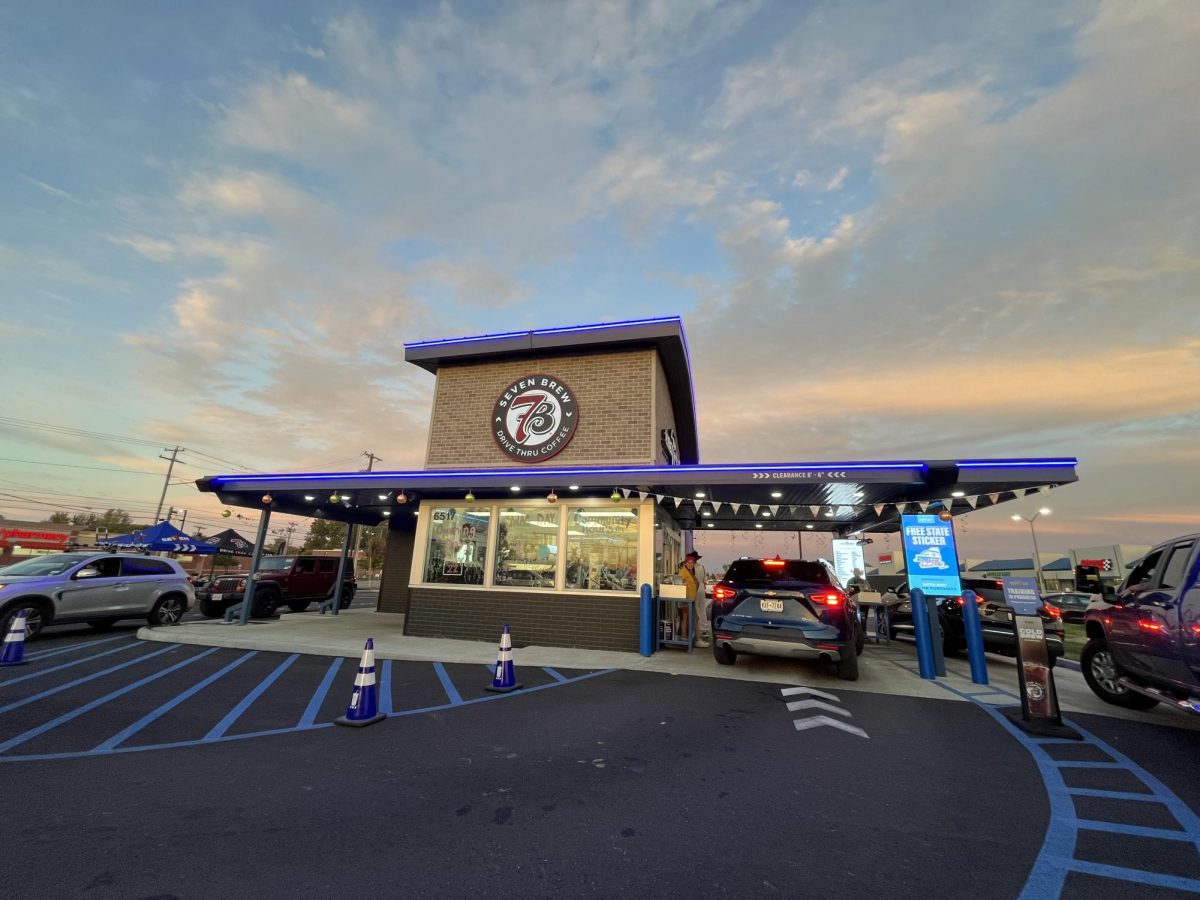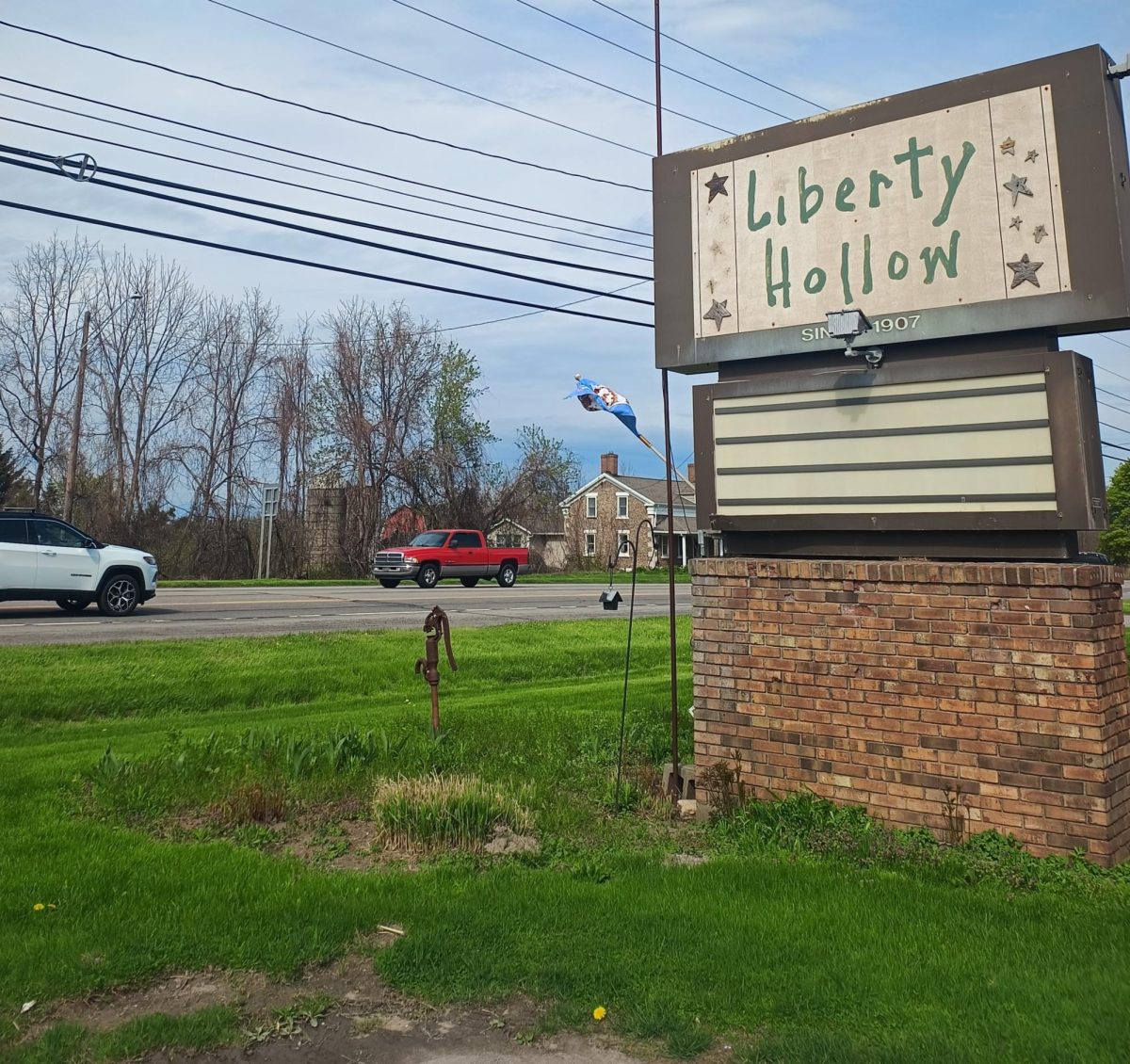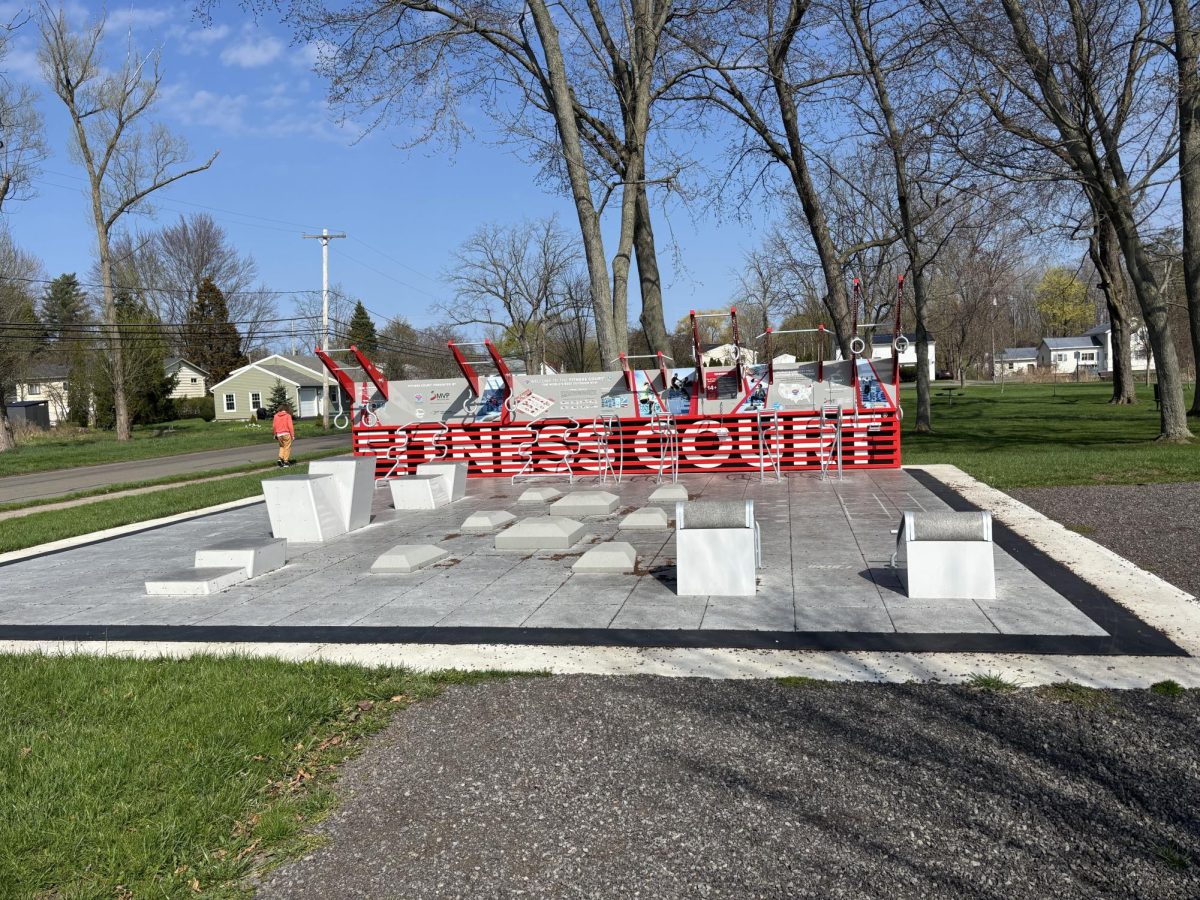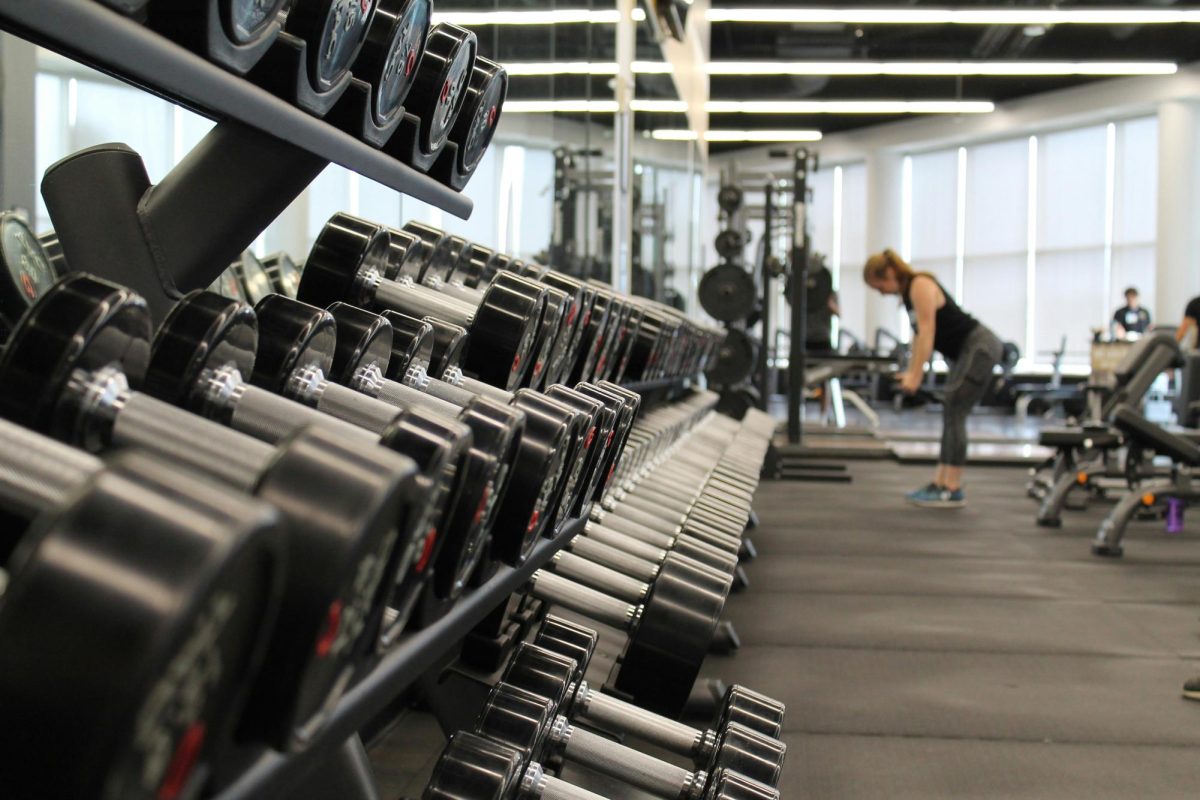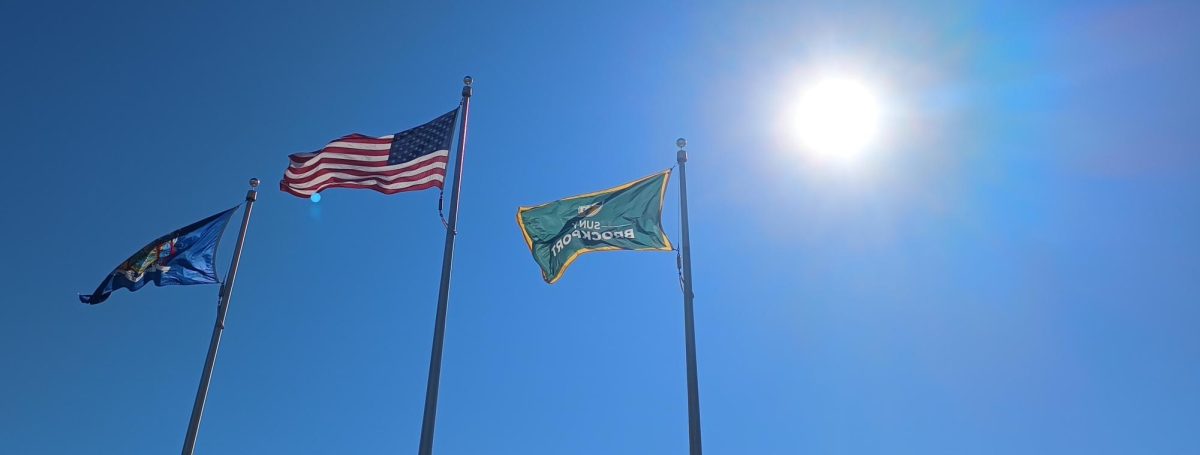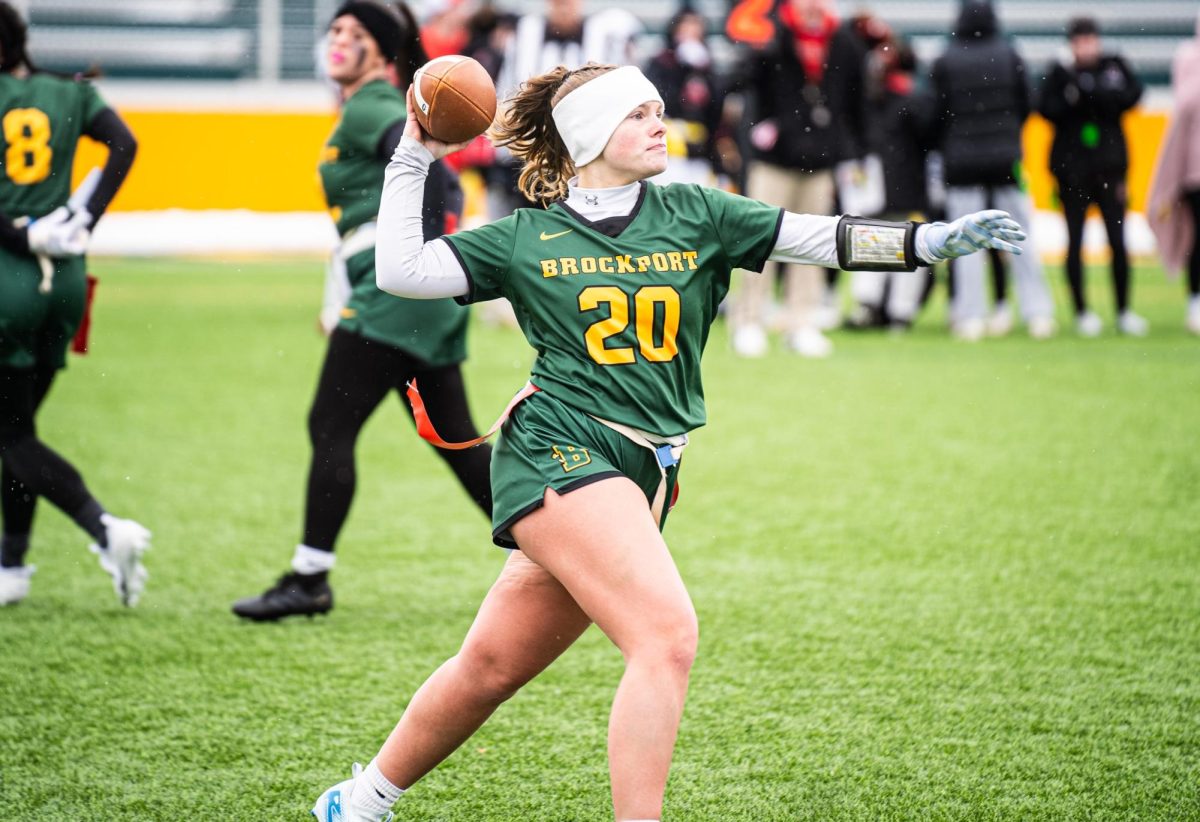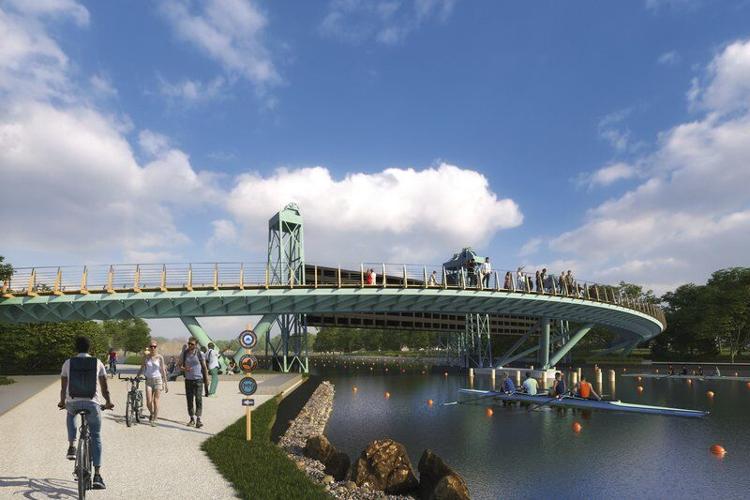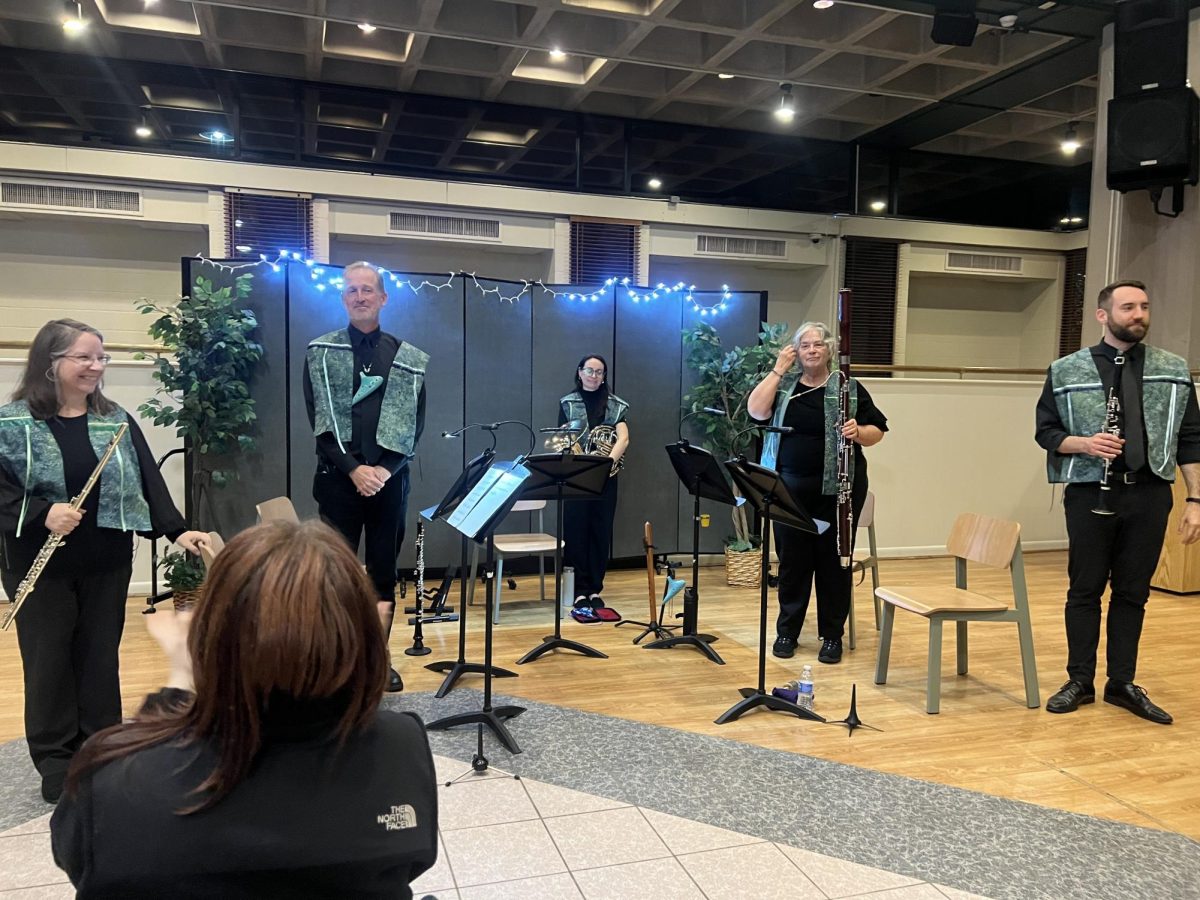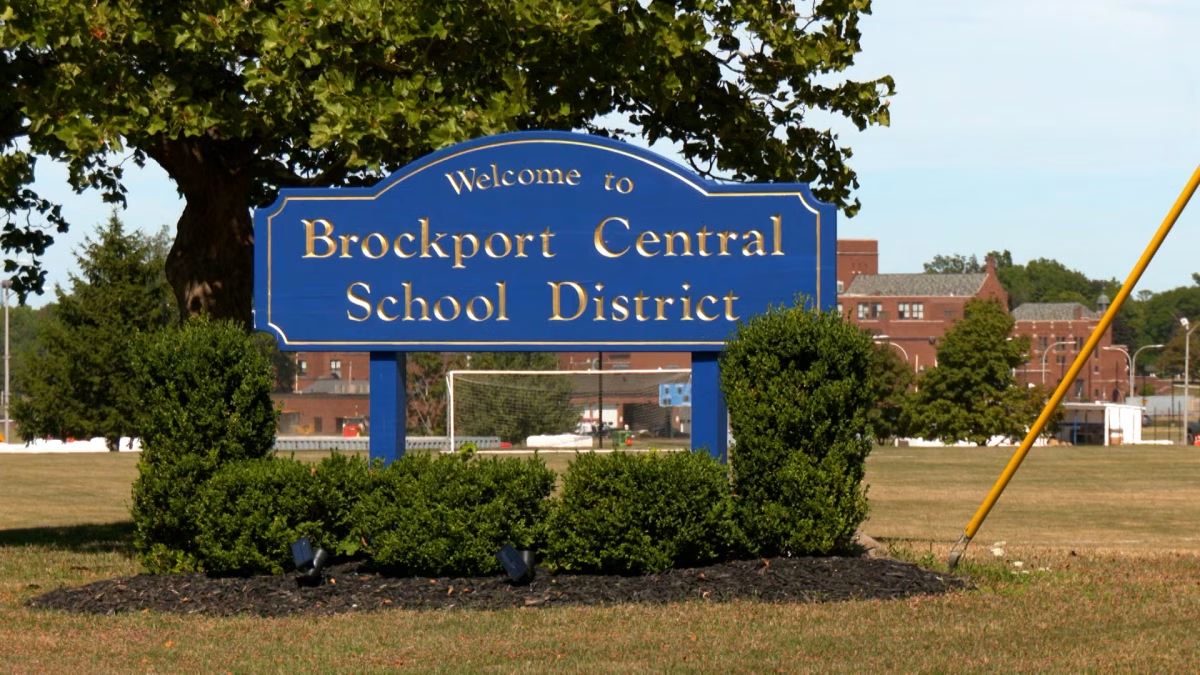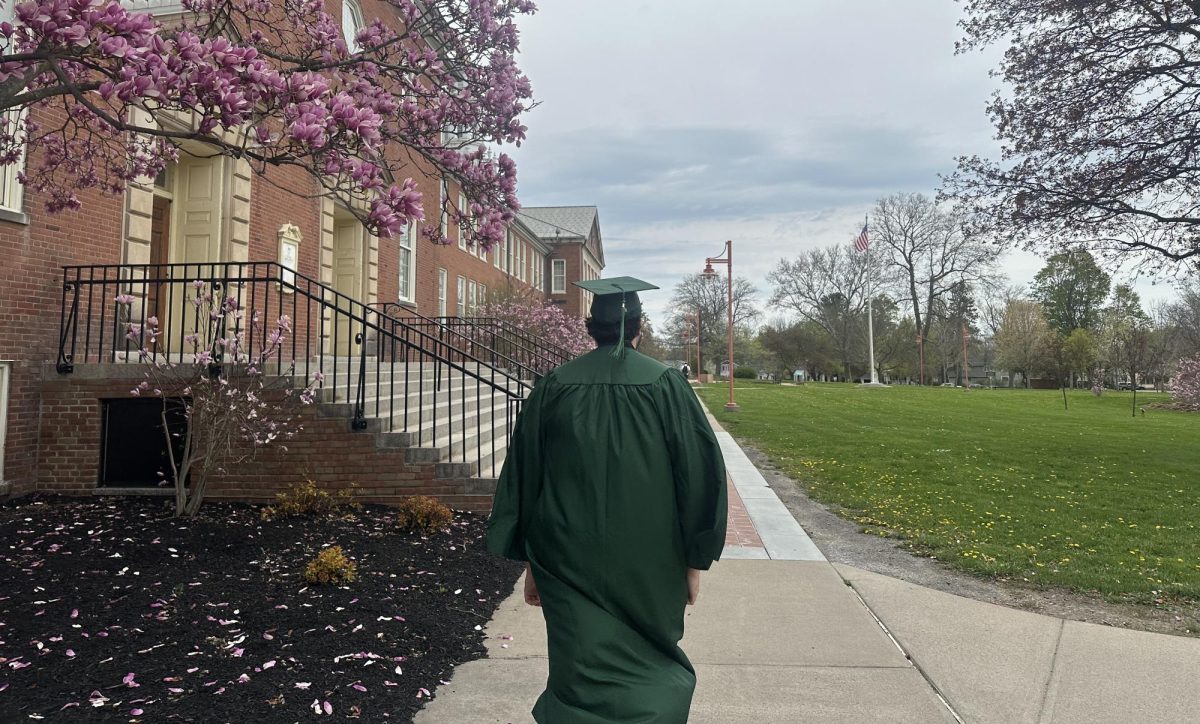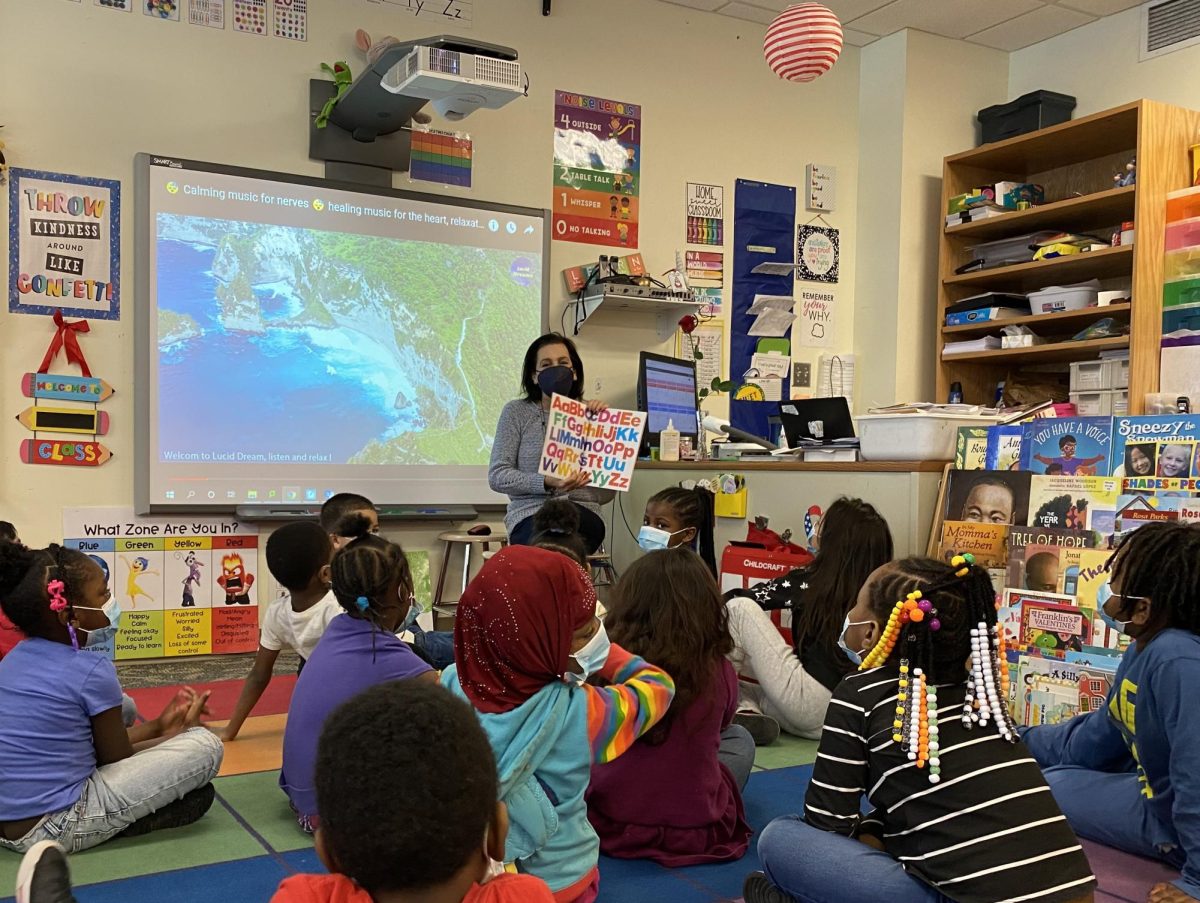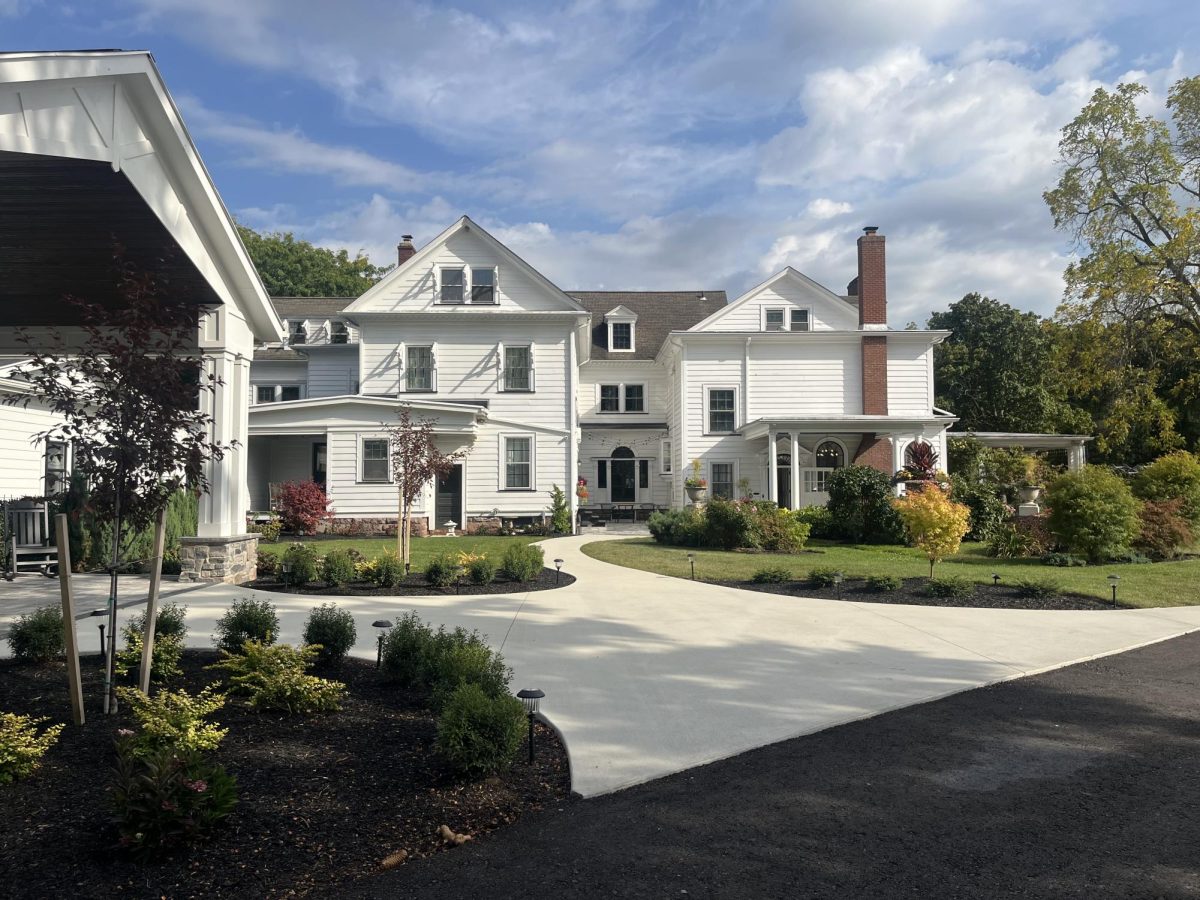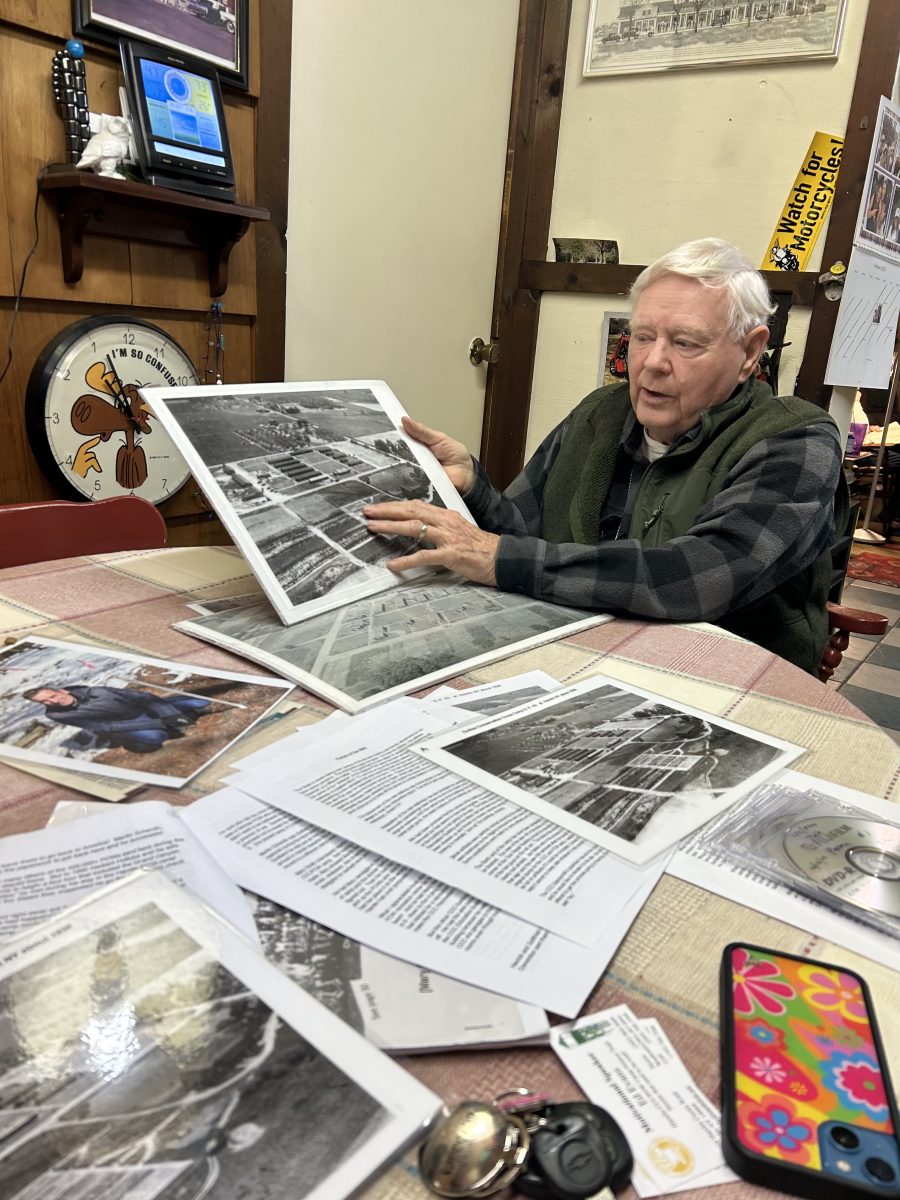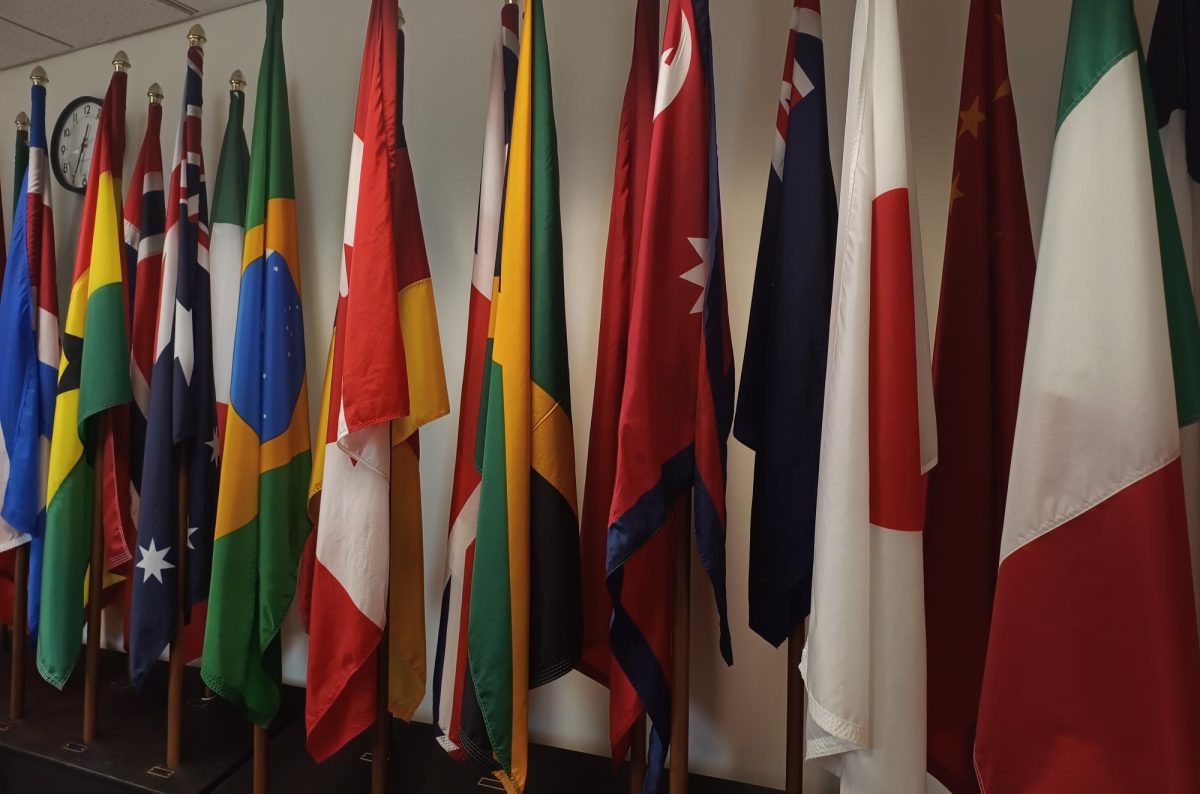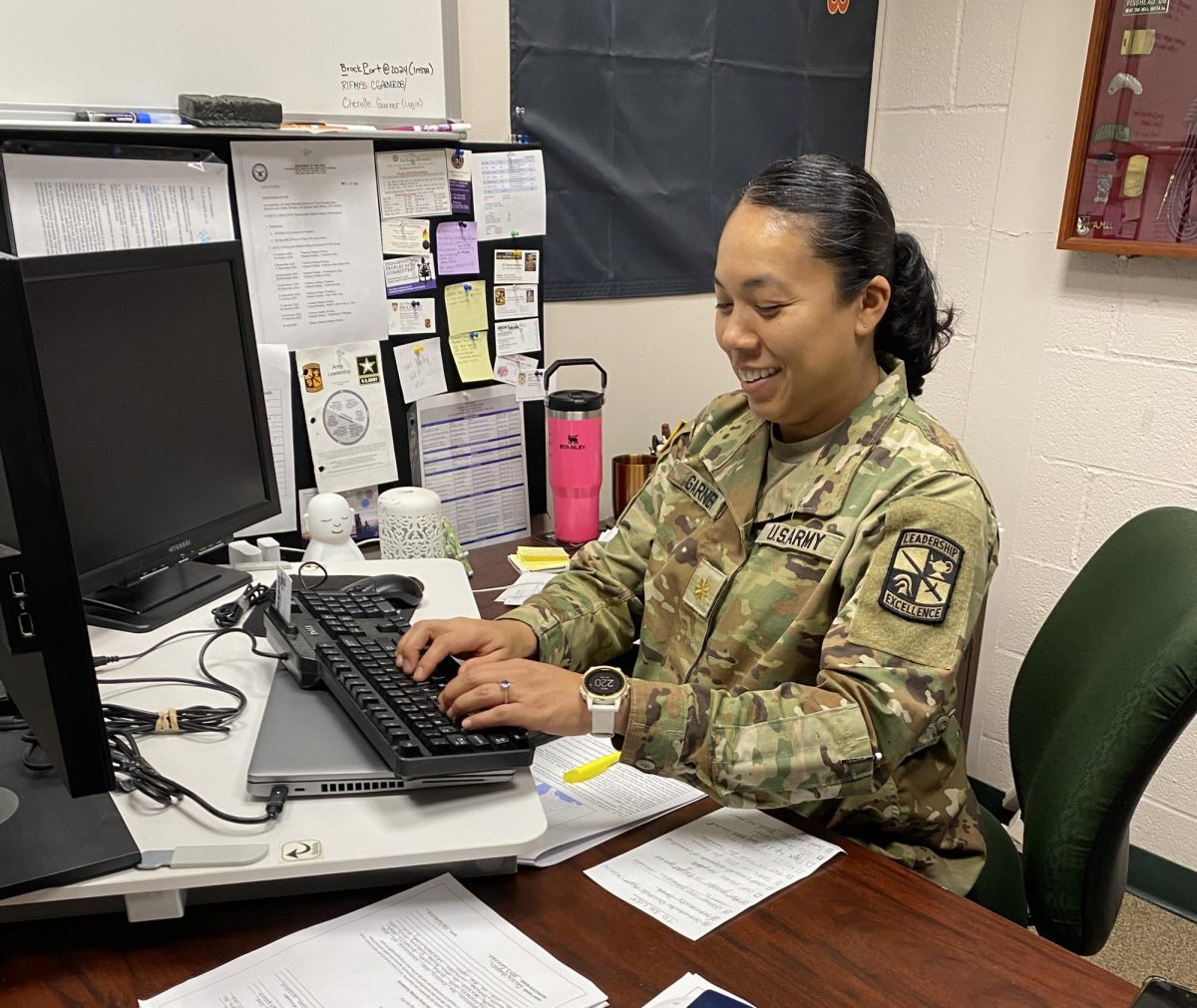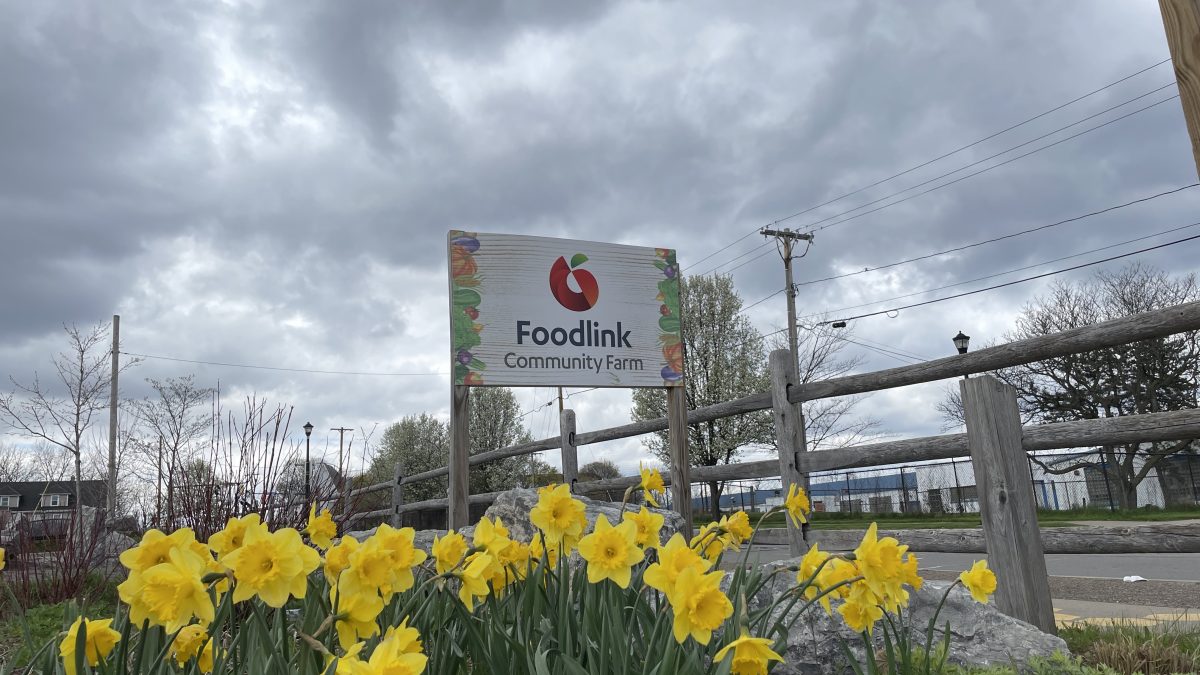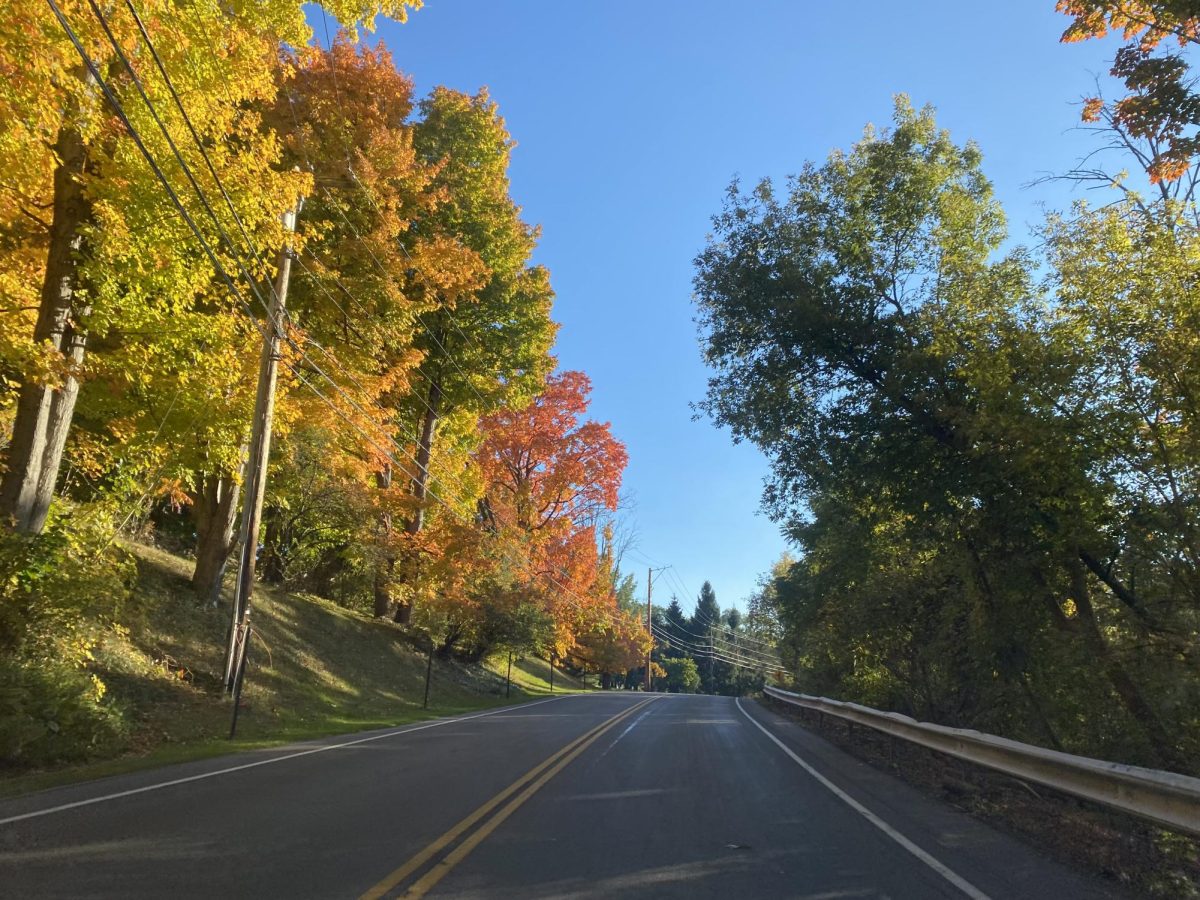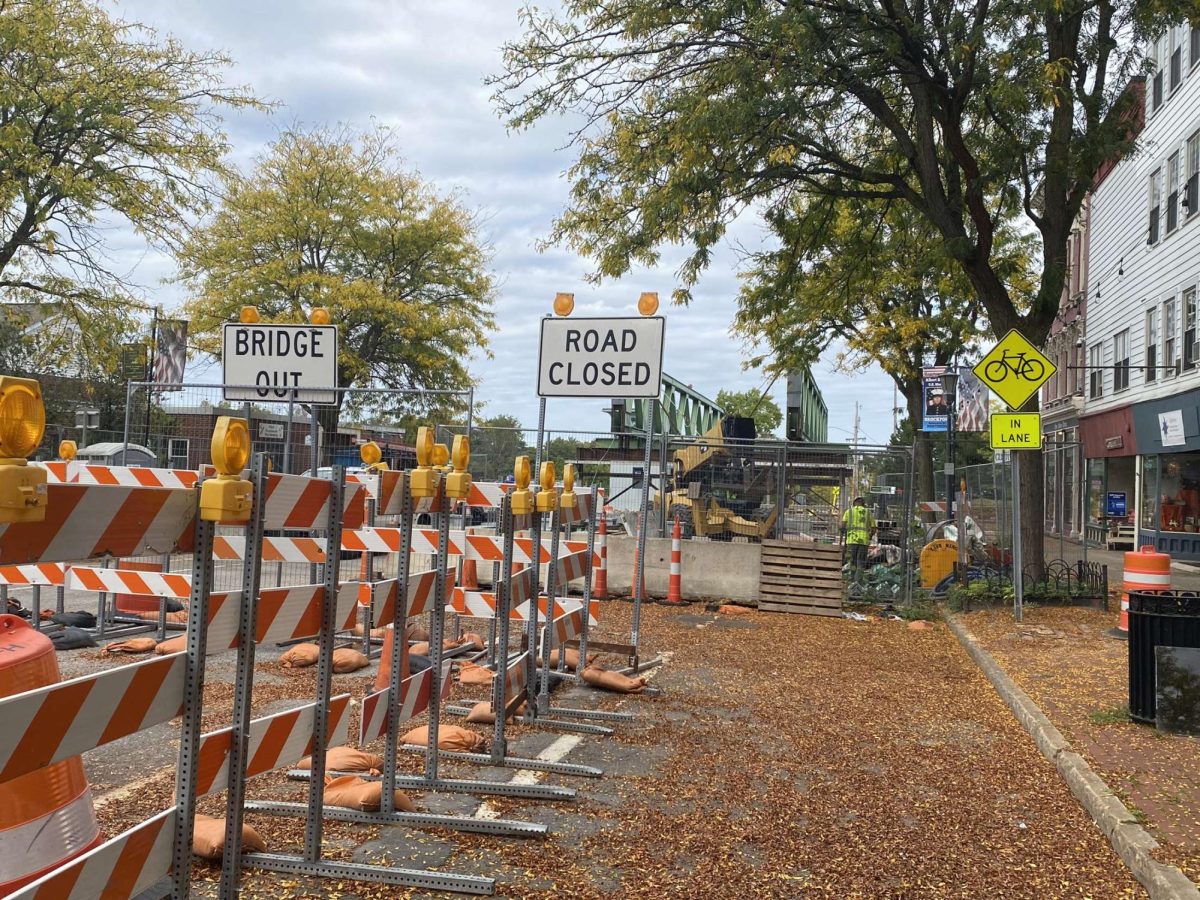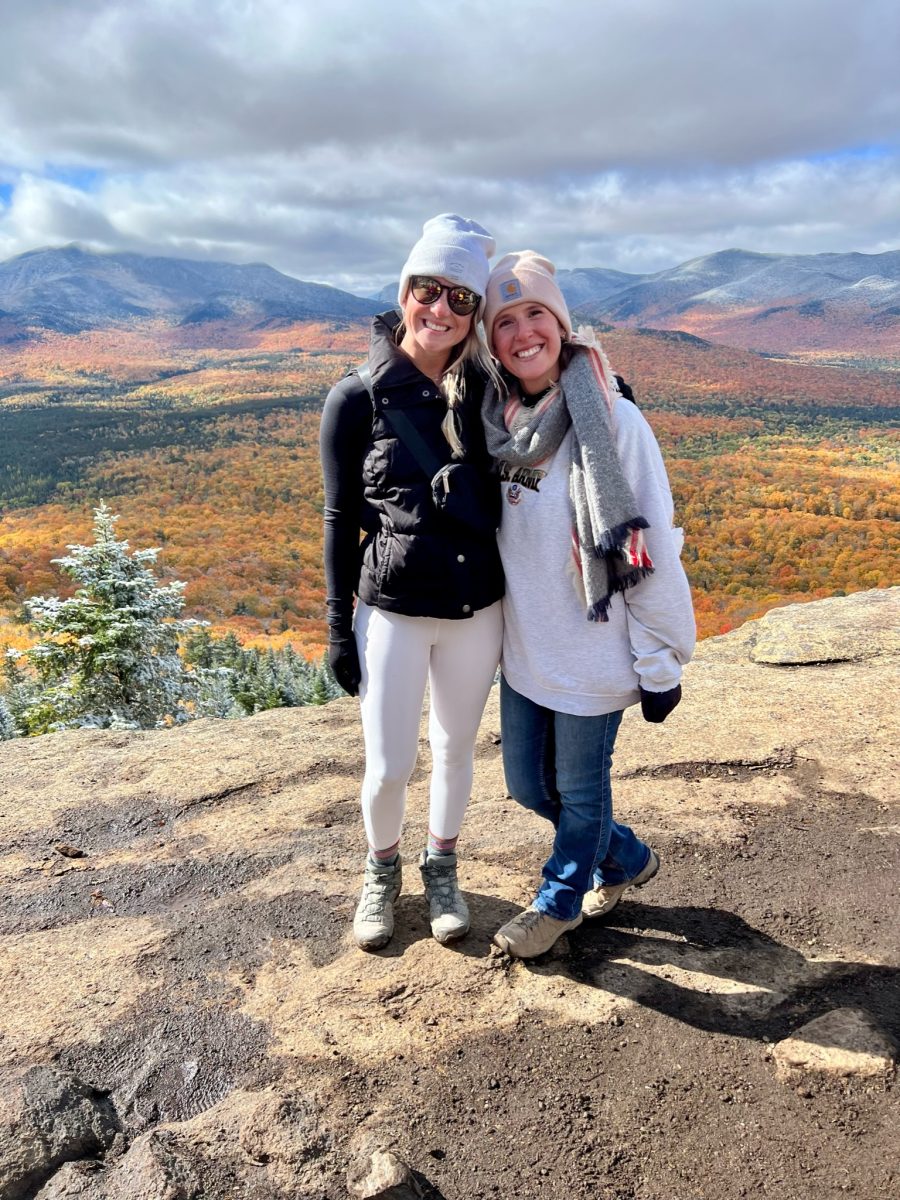

Anyone who has flown in the past two years knows how difficult it can be. From long lines to flight delays and cancelations, flying is becoming more and more difficult.
Julianne Dardis is a figure skater and completed at the US Synchronized Figure Skating Championships in Colorado Springs last March. This was her first time traveling alone.
“I booked the flight a month in advance. Flights were Buffalo (BUF) to Dallas (DFW) then Colorado Springs (COS) and then Colorado Springs (COS) to Dallas (DFW) then Buffalo (BUF.) We had no issues getting to Colorado. When it came time to come there was a snow storm and they delayed my flight from 8:25 a.m. MST 10:20 a.m. to MST to 12:40 p.m. MST,” Dardis said
The first leg of Dardis’s trip was only the beginning of the horror story.
“Our flight was supposed to take off from Dallas at 7 p.m. CST and be back in Buffalo at 10:52 p.m. EST. That was far from correct. We switched planes four times because of ‘mechanical issues.’ I was in DFW for 14 hours… I had to pay for an extra day of parking at the Buffalo airport and miss a whole day of classes and missed practice becasue of our delay, they also broke my luggage and insisted it was my fault,” Dardis said.
According to the United States Environmental Protection Agency, scientific studies indicate that extreme weather events such as heat waves and large storms are likely to become more frequent or more intense with human-induced climate change. Severe weather will become more common causing more delays and cancelations.
The most common problem is delays and cancelations. The Department of Transportation stated that 3.2% of U.S. flights were canceled and 24% were delayed during the first six months of the year (2022). As noted by FlightAware, this is up from a 2.1% cancellation rate and 17.2% delay percentage during the same period in 2019.
Part of the reason that airlines have been canceling a large number of flights is due to the pilot shortage. The pilot shortage has been rising because of changes in regulations and age limits.
In 2016, Congress passed the Federal Aviation Administration (FFA) Extension Act which changed the requirements to become a commercial pilot. The flight-hour minimum increased from 250 to 1,500 hours. This increase in hours means an increase in training cost which most airlines do not pay for.
The FAA has referred to the pilot shortage as ‘perceived,’ and is refusing to lower the requirements to address the problem. Companies such as Republic have offered to sponsor military style flight training as military pilots can qualify with less hours.
Pilots are forced to retire at 65 even if they are in good physical an mental health. The Federal Bureau of Labor Statistics projects that U.S. airlines will need to hire about 14,500 pilots each year over the next decade to keep up with the number of pilots retiring. New pilot training and licensing is not keeping up with that demand, an additional 14,000 will age out and need to be replaced by 2026.
Nick Kirsch is a pilot for Southwest Airlines.
“Lack of employees is a large cause of delays and cancelations, especially during a time of post COVID ramifications. The hiring and training is very significant and it takes time to be sure the personnel are fully trained to do their job. Because of many reasons in the last three years, an abundance of employees have decided to retire or quit. I would guess approximately 10% of pilots have chosen the above routes and therefore we currently are facing a shortage,” Kirsch said.
Canceled flights strand people in unfamiliar places and there is no industry standard for compensation or protection.
“Usually if your flight is delayed by more than 4 hours there is a $200 compensation given for future flight a with the airline. If it is due to weather, there is no way for airlines to recoup this cost due to the unpredictability of Mother Nature,” Kirsch said.
Amy Godfrey goes to college in Southern California. On her way home for Christmas last year, she struggled to get home.
“Last year I was coming home from California and it took four flights instead of one. The weather was bad everywhere so we landed in Denver, then Dallas, then JFK, then finally Buffalo. The weather was bad. I get it, they can’t help that, but because technically the delays in between those flights were short they wouldn’t give me anything. Four flights, and I missed Christmas,” Godfrey said
As the number of pilots decrease and the number of severe weather instances increase it is likely that flying will become more difficult.

